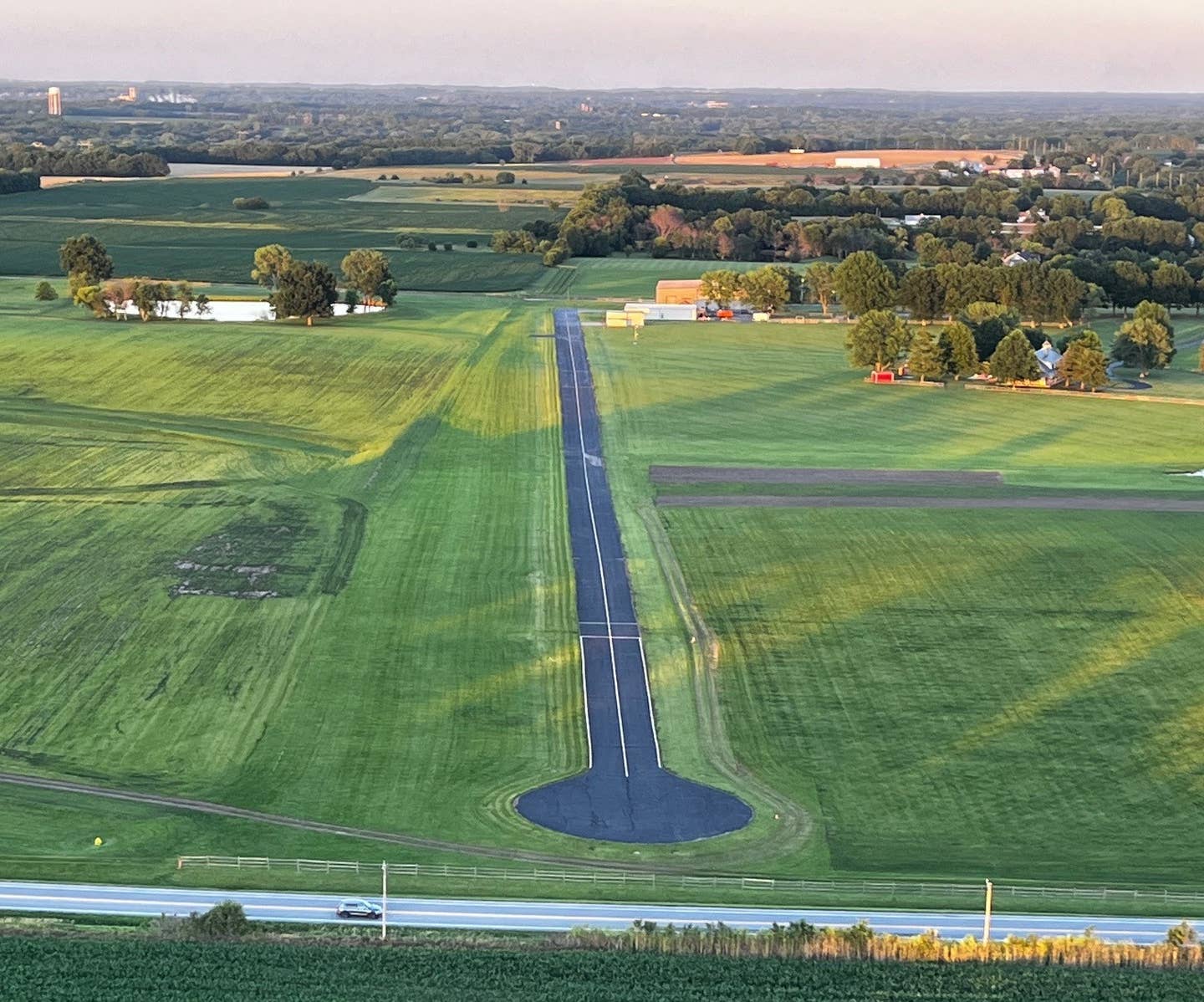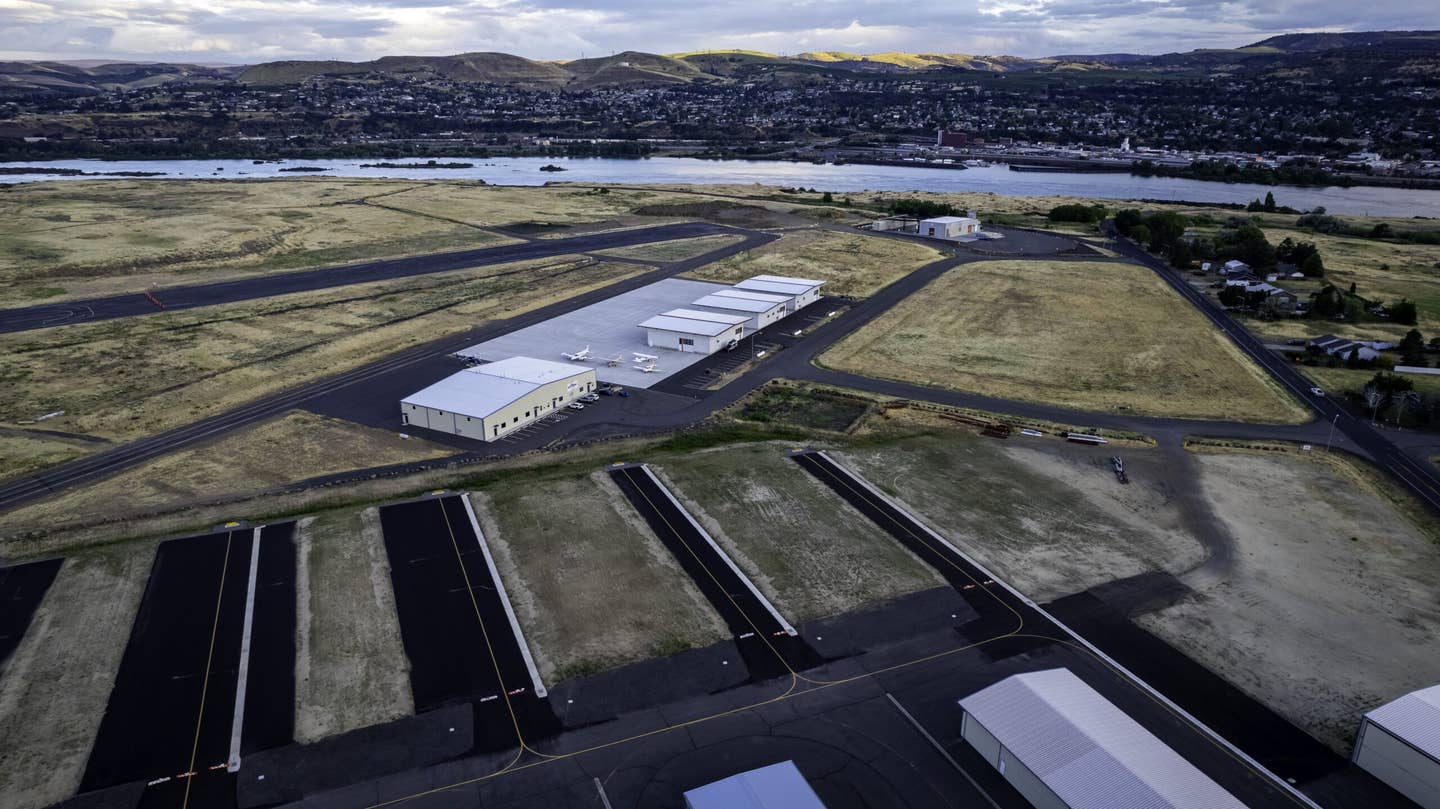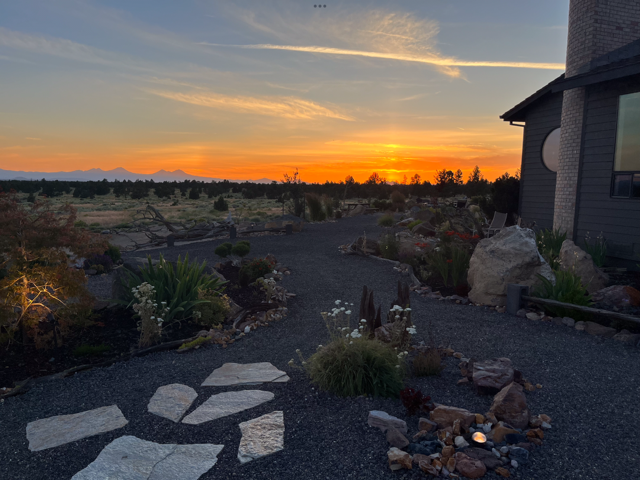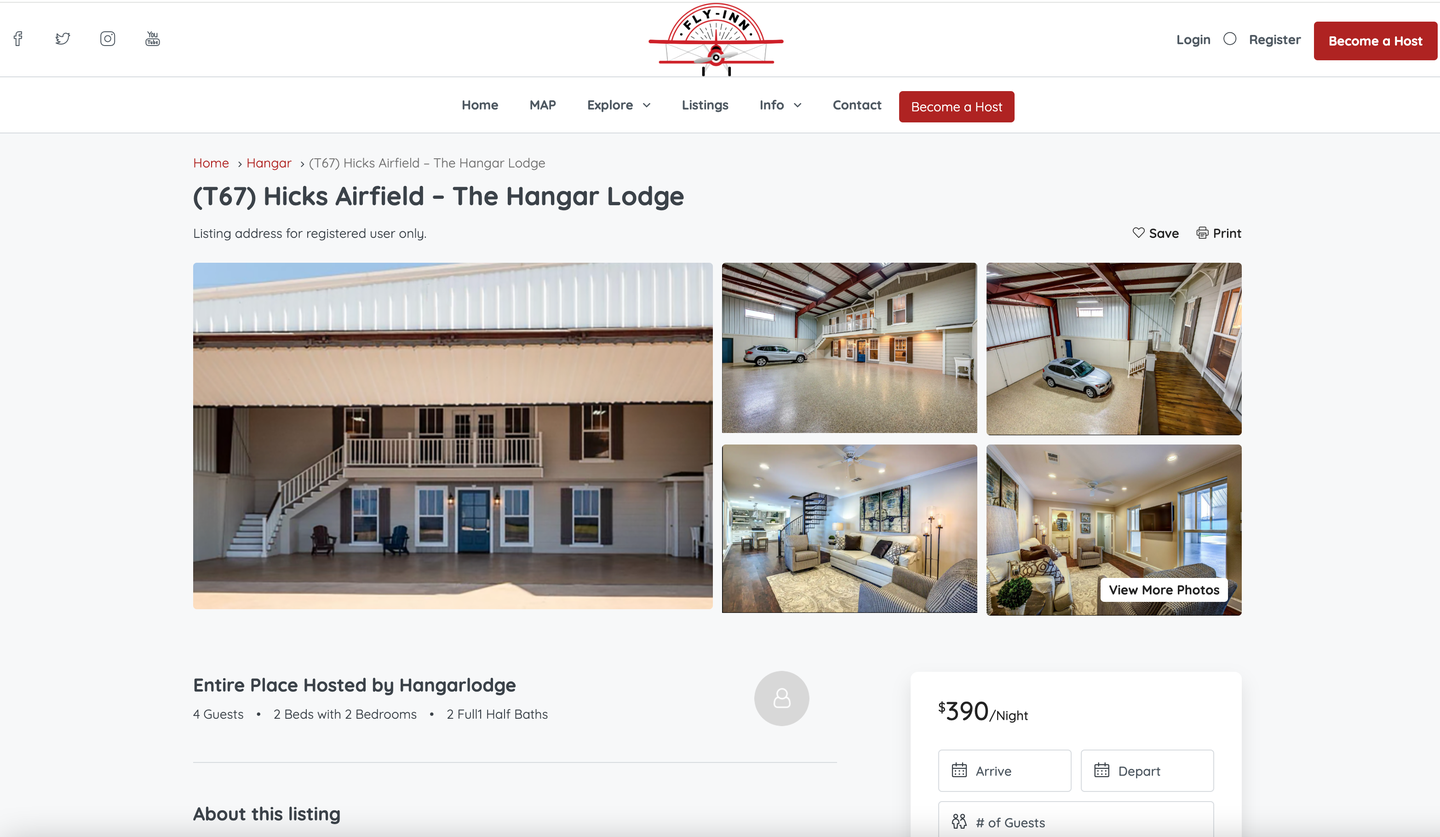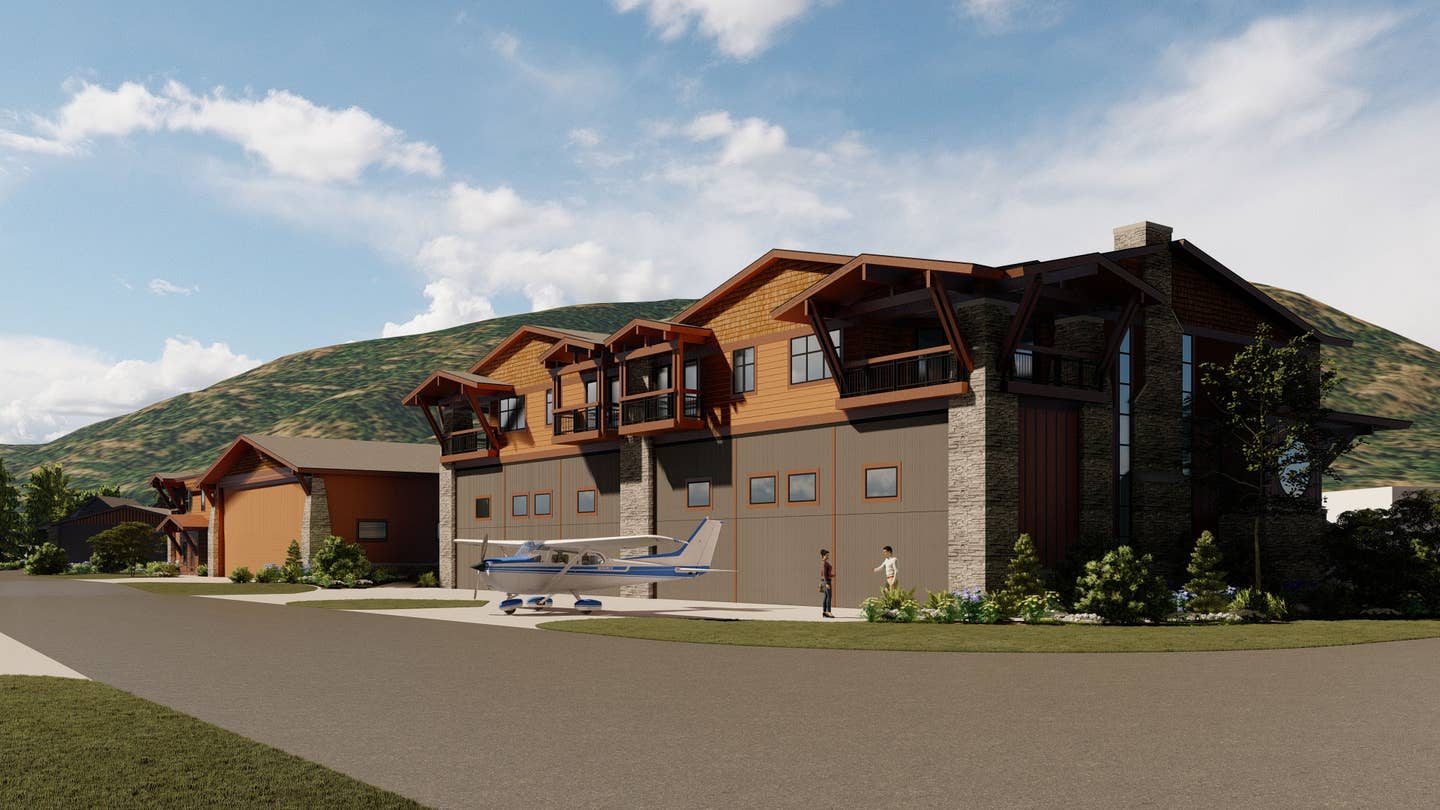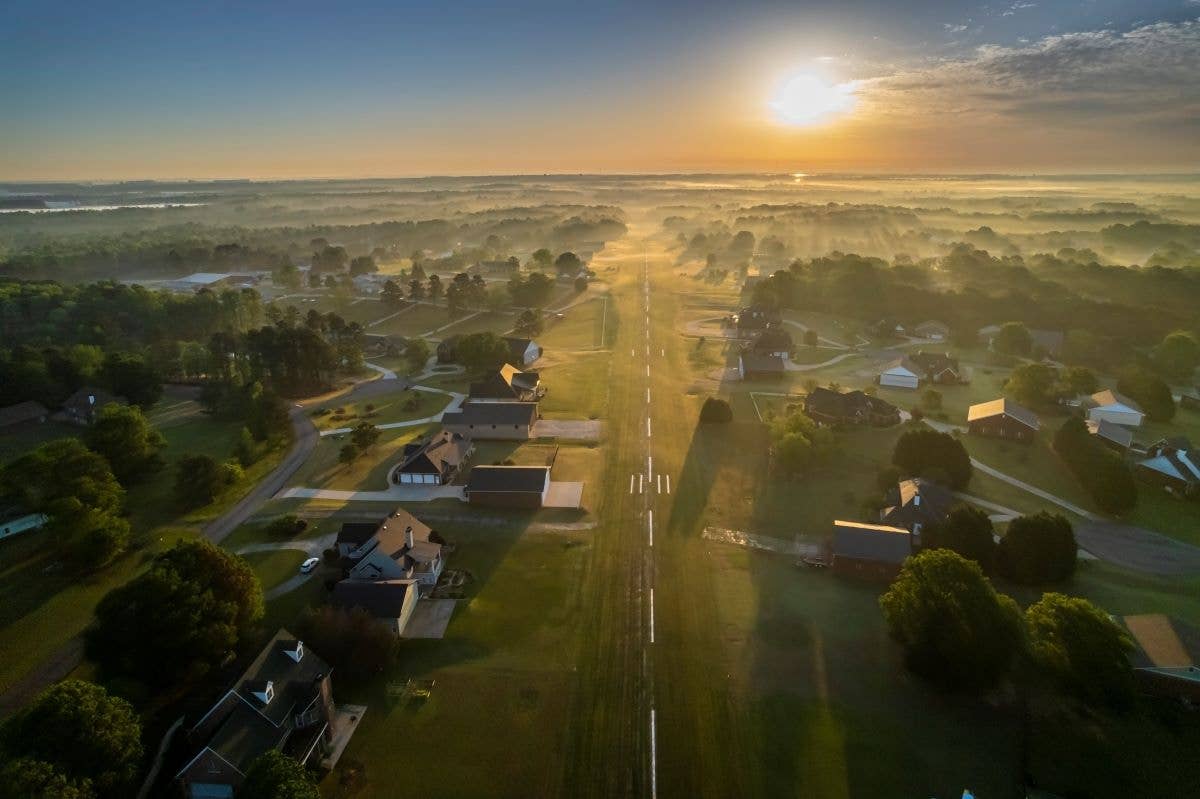Woods and Lakes Airpark Proves to Be a Hidden Gem
The low-key Florida facility emphasizes community and camaraderie.
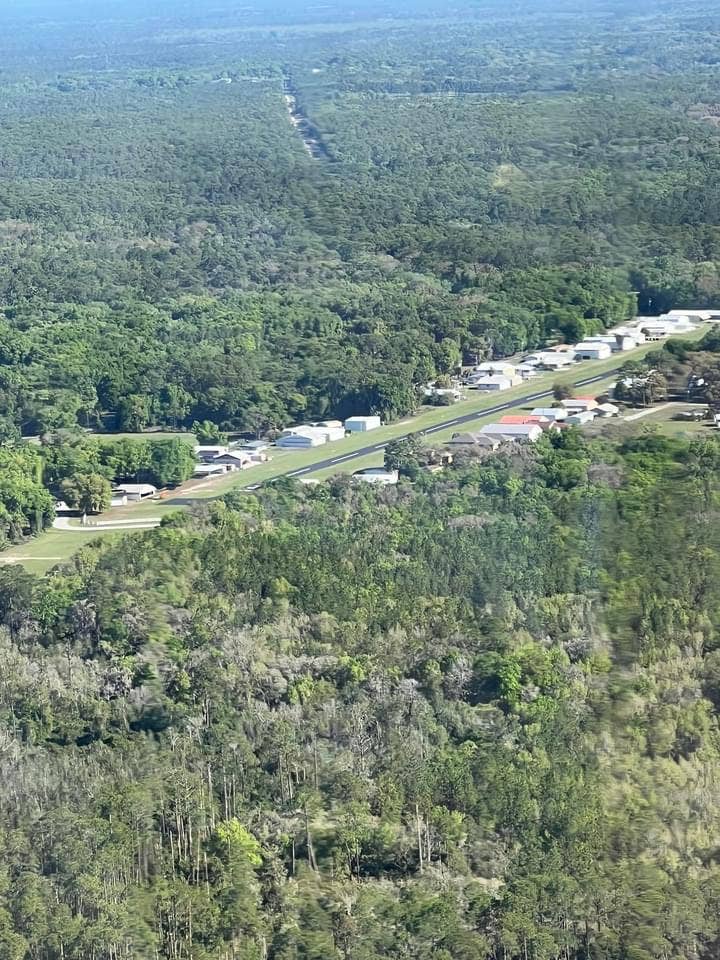
An aerial view of Woods and Lakes Airpark in Ocklawaha, Florida. [Courtesy: Martin Harris]
Martin Harris of Ocklawaha, Florida, has been an airpark resident for more than two decades.
“I’ve been flying since 1979 and began up in Vermont, learning to fly in the snow, mountains, and all the fun stuff that goes with it. I’ve flown ever since then, off and on with kids and other responsibilities. I had the opportunity for early retirement in 2001,” said Harris, recounting how a new place to live quickly followed his exit from the workforce.
“We had friends and relatives in Florida at the time, and we thought to come down here. I really couldn’t find an airpark and bought into a gated community in Lakeland instead. But I couldn't find a hangar anywhere nearby for my new American Champion aircraft. Then I came across the Florida guidebook of airparks and started calling. I looked at the traditional ones up this way that many have heard of. I’m kind of a blue-collar guy with a matching budget, so I couldn’t even begin thinking of buying a place in some of those communities.”
The close-knit connections within the aviation industry proved to be valuable to Harris, as a friend gave him a tip about an airpark he had not previously heard of. It proved to be the economical, grassroots community that he was looking for.
“Well, somebody said, ‘Why don’t you try looking over in Central Florida at Woods and Lakes Airpark (FA38)?” Harris said. “It’s in the Ocala National Forest, and after navigating a bit to find it, we got to meet with the president of the community for lunch and learned it was a mix of different home types. It had a paved runway down the middle with grass on either side, and there was a faded ‘For Sale’ sign in the yard of one of the homes. It had a pole barn hangar that needed some help, but I said, ‘That’s it! There’s a place for my plane. I’m buying it!’ And it has worked out very well living here.”
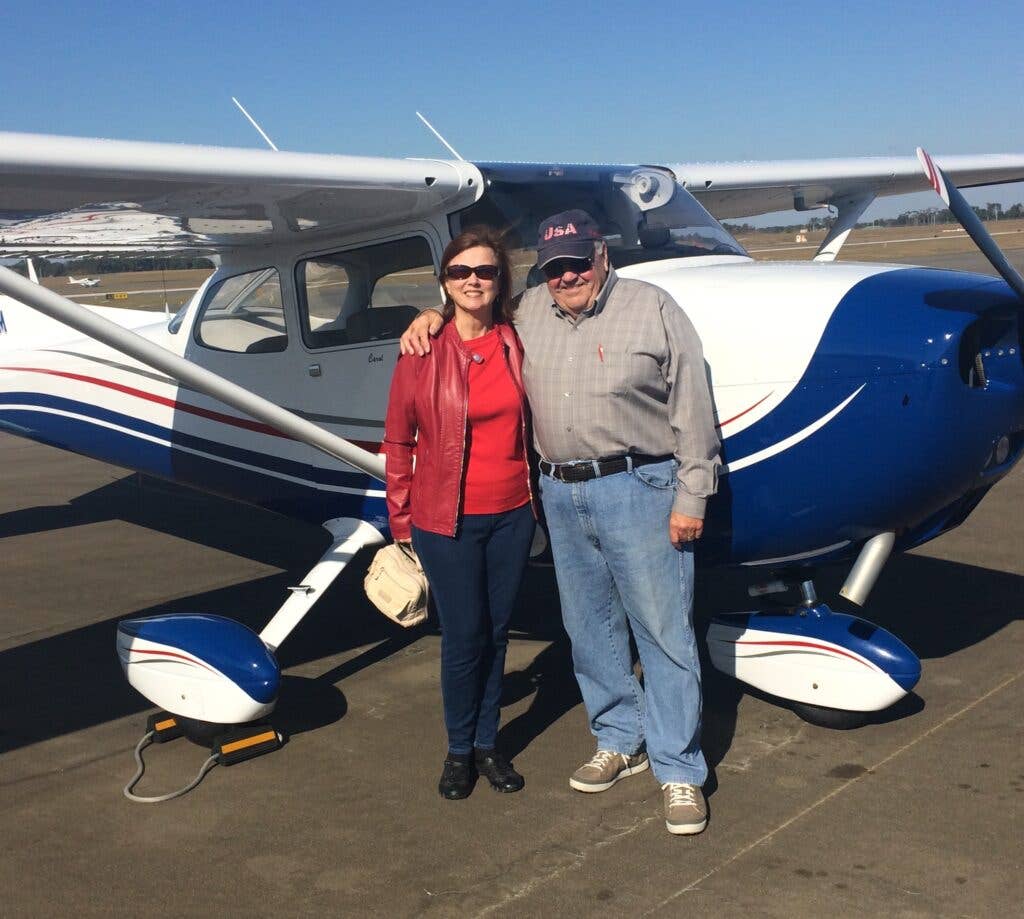
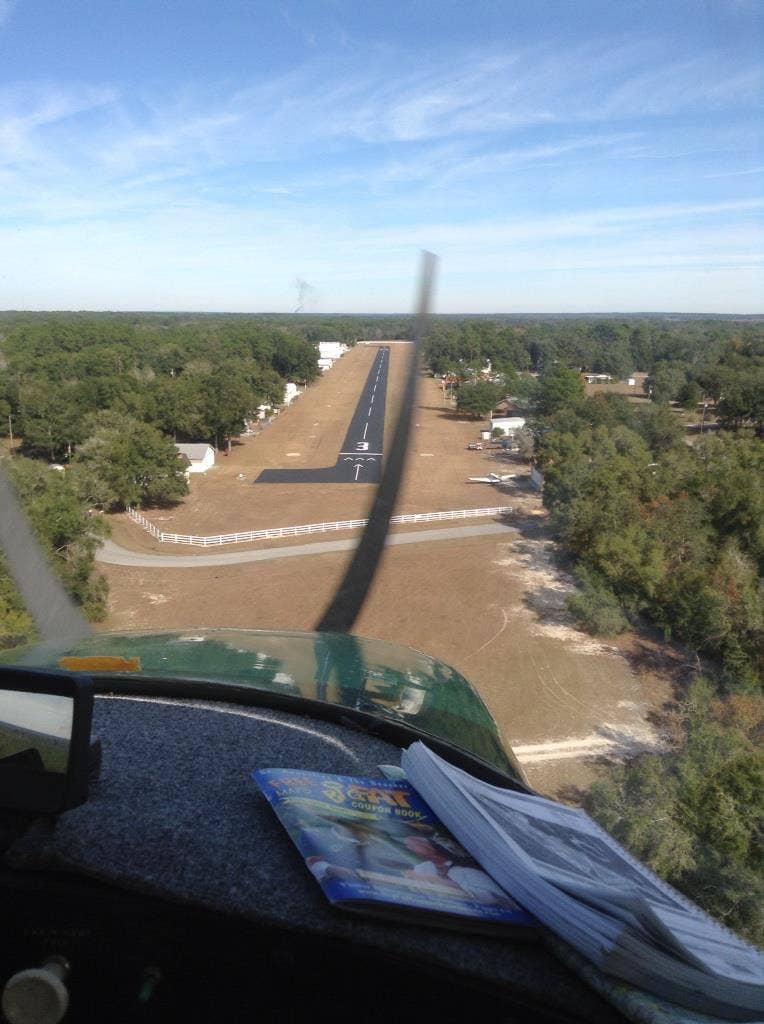
Coincidentally, the airpark was first developed the year that Harris began flying. Today, there are 42 homes that surround the 2,500-foot-long runway, with residents hailing from the United States and Canada. Harris estimated that about 30 percent of residents live at the airpark full-time and the remaining split time between the community and other locations.
“In the mid-’70s, the developer created a rudimentary dusty landing clay strip and encouraged potential buyers to the airpark and beyond to fly in and see the properties,” Harris said. “It may be just folklore, but rumor has it some of the [NASA] astronauts flew in and had parties here. In the late ’90s, the airpark management paved the runway, making this airpark a real gem and unique to have turf and paved landing options along with lighting.
“It’s an old-fashioned, very tight community. When somebody [dies] here, often their spouse will stay here. Even if they don’t fly, they stay for the camaraderie. Over the last few years, we lost eight people to medical problems and old age. As some of the properties went up for sale, many younger—a relative term—pilots, waiting in the wings, jumped on the properties. This has created a shift in the age demographics here. We are pleased to see these young people flying more frequently and participating in our activities.”
Harris advised that the property owners association, which charges $400 per year, recently purchased a hangar that will be used as the on-site community facility for activities, meetings, and fly-ins. This is an amenity that all residents will be able to enjoy, with the goal of building neighborly relations.
“The new folks are all nice people and love airplanes,” he said. “This infusion of new pilots to the community has been beneficial. These new faces have joined forces with the more tenured residents in ensuring a vibrant future for the airpark. We are [eager] to see the energy and ideas of the new members.”
Marc Morel is one of the several newer residents in the community. He moved there in April.
“I had a four-bedroom house with two floors that was just too big for me,” Morel said. “My girlfriend, who lives with me, is not an aviator. But she knew what airparks were and thought that I would probably be happier at one. Butbut all of the ones that we looked at were out of our price range. I saw my home where I’m living at now come up for sale online, and I knew [Harris] lived over here (from EAA Chapter 534), so we decided to come and take a look. I liked it so much here that I made them an offer before I left.”
Morel owns a Grumman Tiger, and he noted that his initial positive impression of the fly-in community has continued. Living at an airpark has been an enjoyable experience for him.
“What I liked most was probably the camaraderie,” Morel said. “Before I saw the house, I went and saw [Harris], and it was the first time that I had seen his place. He gave me a tour of the airpark on his golf cart, and it was just amazing how he could name every single person on each lot here, including what they fly and their backgrounds. It’s not really a big airpark, but I was impressed that he knew everybody.
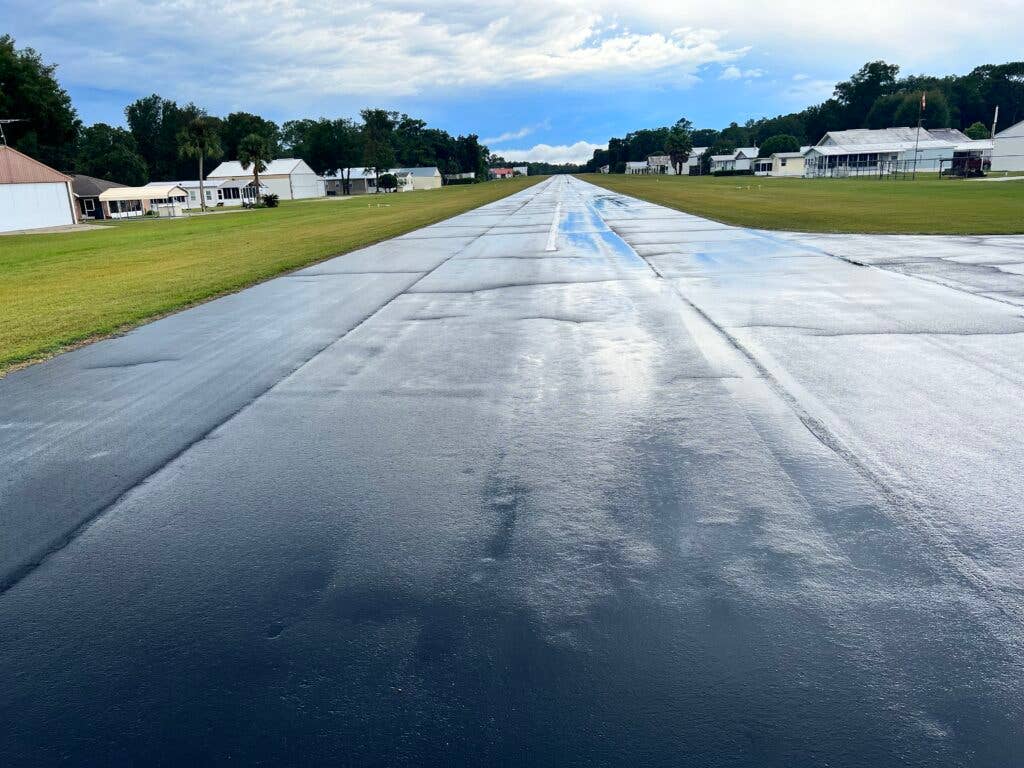
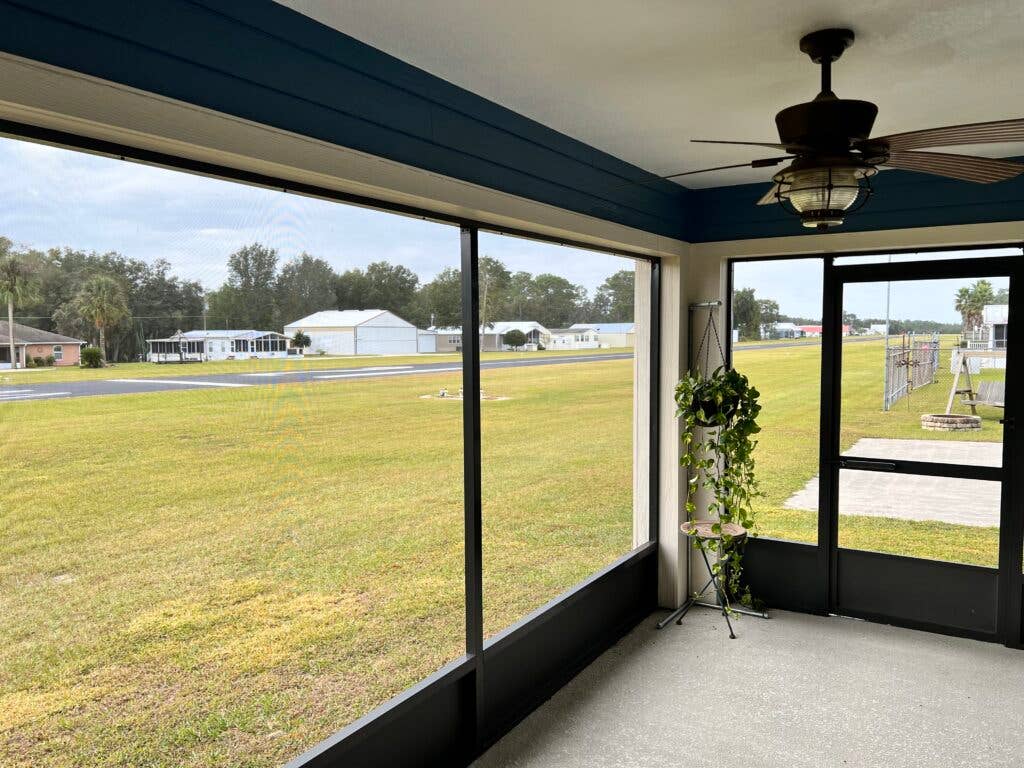
“Then it seems most days, especially in the winter, they have what’s called a ‘4 o’clock,’ where everyone gets together at someone’s hangar to socialize for an hour or so. I really liked that. Because where I came from, I had lived there for 20 years, and I couldn’t tell you the names of the people that lived next door to me. Nobody really reached out and introduced themselves there, so this was such a breath of fresh air for me.”
Visiting Woods and Lakes only a year ago was not Morel’s first time in a neighborhood shared by airplanes and pilots. He explained that his brother lives at an airpark in Georgia, and their experiences have been nearly identical.
“Let me tell you, airparks are like that,” he said. “Everybody knows everybody else, and there is really not a lot of drama or anything else, as far as I can tell. Because of how often I visit [my brother] at his airpark, I knew that Woods and Lakes would be the same way since everybody has a common interest. Nobody here lives extravagantly, you know? They’re just interested in their planes, and as long as they are able to fly in and out, they are happy. It’s not cost-prohibitive living, and you have regular people here, that’s what I like.”

Subscribe to Our Newsletter
Get the latest FLYING stories delivered directly to your inbox

